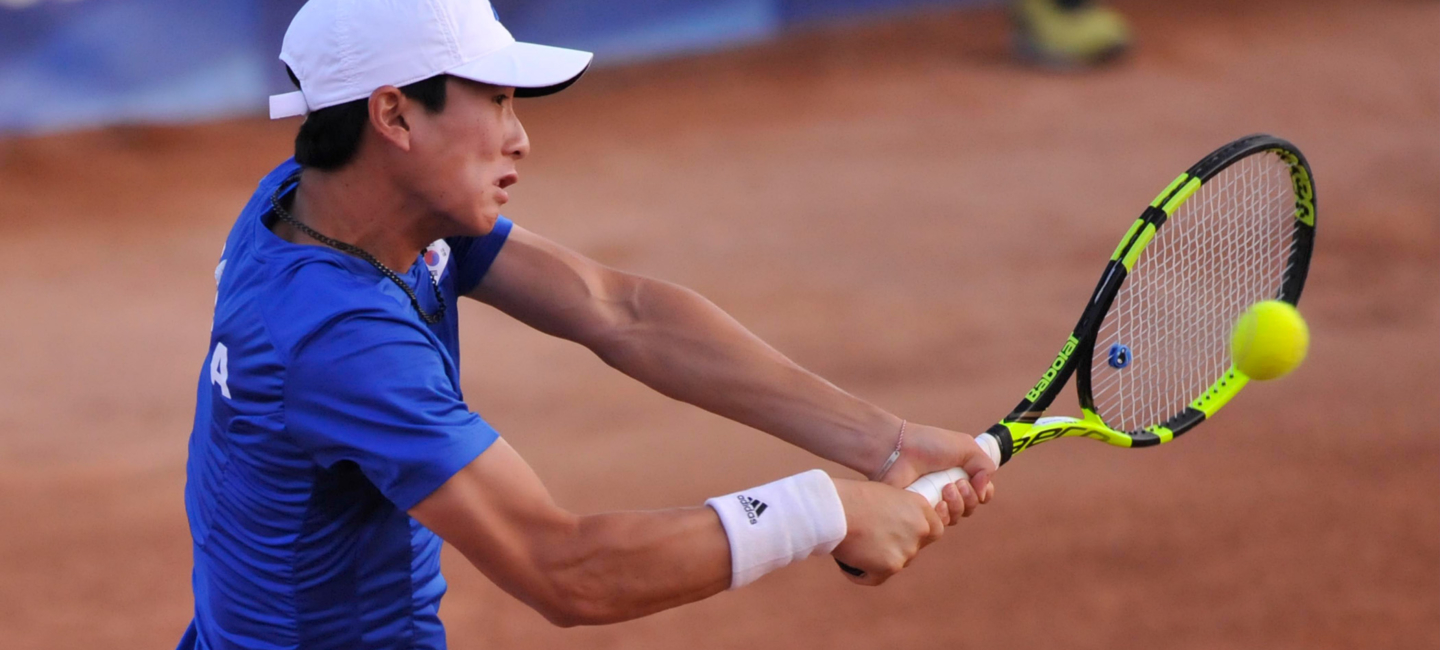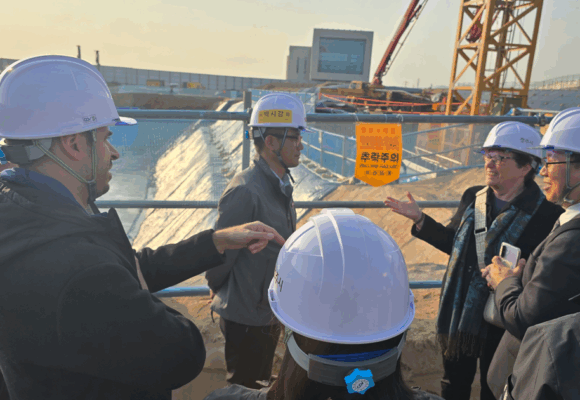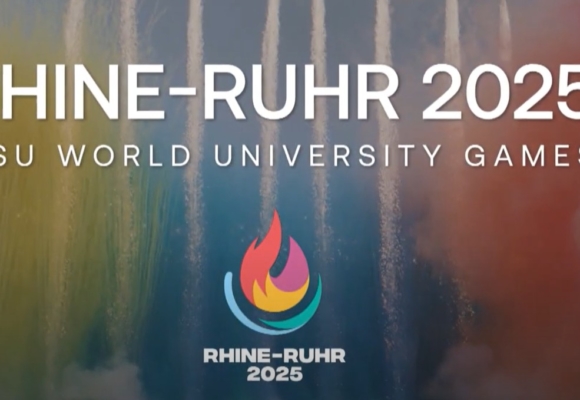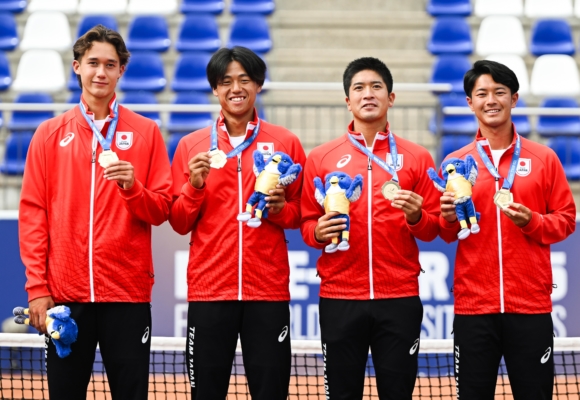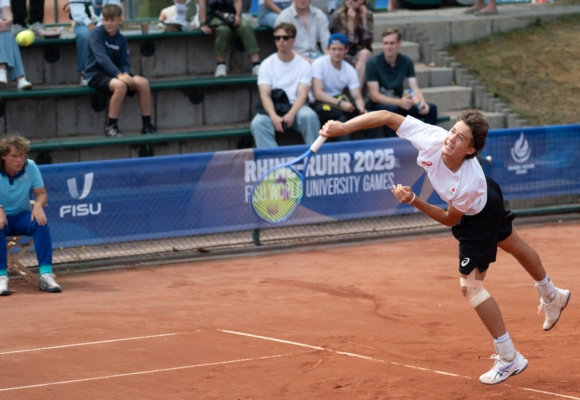Tennis is one of the university sports with the oldest history in the FISU sports programme. It has featured at every International Summer Sports Week starting from 1949 in Merano (ITA) and celebrated its debut as a compulsory sport at the first Summer Universiade in Turin in 1959. From the very beginning, it has attracted many famous players.
News
All newsEvents
FISU Technical Committee Chair
 jpn
jpn
Resources
History of Tennis in FISU
The first gold medals in tennis at an Universiade tennis were taken by the famous French player François Jauffret and the Russian Irina Riazanova who won the singles tournaments in Turin in 1959.
With the development of university tennis and its increasing popularity, further renowned players such as Niki Pilic or Jan Kukal participated in the Universiade, moving forward to become future captains of Davis Cup teams. In the nineties, the tennis events experienced an increasing dominance from Asia. At the Universiade in Sicily in 1997, it was Chinese Taipei and Korea that won the titles.
Over the course of time, many international top-level tennis stadiums and courts were built for the Summer Universiade, providing tennis the opportunity to develop within the framework of university sports. Further to this, there has always been a close relationship between the International Tennis Federation (ITF) and the FISU Technical Committee Chair, to guarantee the highest quality of organisation of FISU tennis events.
